Bockenheim
German Sperrbrecher 14
Reviewed by Devin Poore, August 2021
Sperrbrecher 14 started life as the Norwegian cargo ship Tai Ping. Seized by Germany in 1940, she operated briefly as the cargo ship Bockenheim, before being commandeered by the German military. With her hull strengthened, multiple anti-aircraft guns added, and her holds filled with sand and other shock-absorbing materials,she commissioned as Sperrbrecher 14 in November 1940. After taking a direct mine hit in the course of her duties in 1942, she put into Bordeaux for repairs, only to be attacked by British commandos and permanently put out of action in December of that year. She was intentionally sunk as a block ship in 1944, where she remained for the rest of the war. She was finally raised in 1945 and towed to Spain for scrapping.
The raised decks have nicely rendered planking amid the hatches, chocks and bitts. The main deck has a slight texture to it, from either molding or machining, but it's very minimal and gets lost easily among the cargo hatch details; what there is should disappear under paint, and if not, it will give a nice worn feeling to these high-traffic areas.
Based upon a few sources, the full size Sperrbrecher 14 was around 147.5 meters long, which comes out to 8.29" in scale. The kit's hull measures out at 8.375" overall, which, at only .085", or 1/16", difference, is really close.


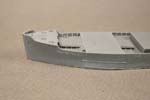
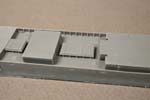


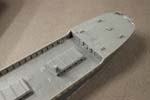
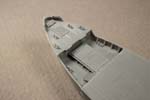

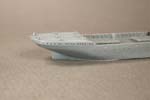
The plastic bag contains the rest of the resin components, including all of the very small parts such as the ventilator cowlings, life rafts, boats, and a ton of other small parts. All of the small detail will give a lot of detail and chatter to the finished ship, really bringing it to life. All parts are cast on typical resin runners, which should make removal and clean-up fairly straight-forward. There is no flash on any of the parts.
My only issue with these parts are the same ones I have with most resin kits: I don't understand why delicate details are all put into a small plastic bag where they can jostle around and break off. In my kit, the part set labeled 24 in the inventory list had nearly every piece broken off of the runner, and even some of the larger ventilation cowlings had broken free. I'm certain that all of these parts will be found loose in the bag, and fortunately it looks as if all of the breaks are at the bottom of the parts and therefore the pieces will still be usable, but it would be so much nicer to have these things secured better within the box to avoid breakage.

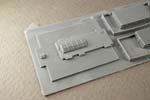



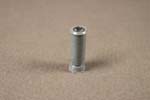

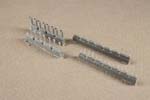
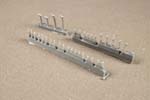

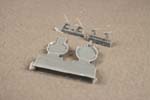

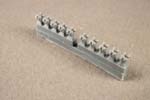

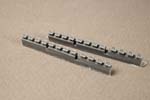
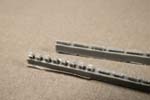
Several lengths of brass wire of various sizes are included, which are called out in the instructions for making various masts and antennas. A small decal sheet includes ship's flags, a large swastika deck marking, and Roman numerals for various hull numbers (these are in white and don't show up in my photo below).

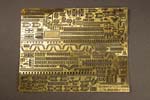
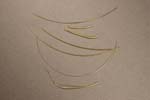

The final two pages of the instructions are fairly detailed plan and profiles of the ship, in color, with Lifecolor paint callouts. There are even section views through the ship on the final page to show the camouflage patterns on the faces of the superstructure, stack, and other areas of the ship. A very nice touch.
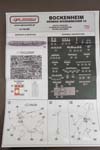
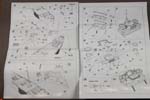
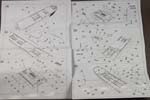

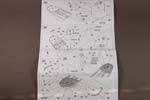
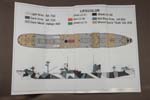
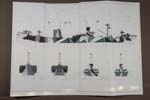
 This
is a very well done kit of a very unique ship. The quality of the castings,
and fineness of the small resin components and the etched brass are excellent.
Due to that fineness of some of the parts, and especially the photo etch,
I would recommend experience with another resin kit or two before tackling
the Bockenheim, but for those up to it, they should be rewarded with a
spectacular model.
This
is a very well done kit of a very unique ship. The quality of the castings,
and fineness of the small resin components and the etched brass are excellent.
Due to that fineness of some of the parts, and especially the photo etch,
I would recommend experience with another resin kit or two before tackling
the Bockenheim, but for those up to it, they should be rewarded with a
spectacular model.
Highly recommended. Thank you to AJM Models for the review sample.

© ModelWarships.com

